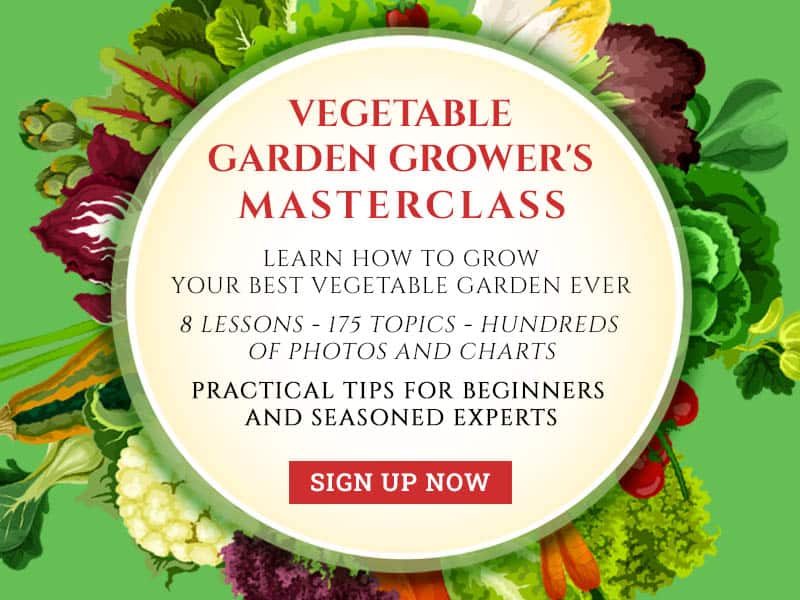Pruning and pinching tomato plants is a simple but essential practice that can significantly improve plant health and fruit production. Over the years, I’ve learned that proper pruning helps direct the plant’s energy toward producing bigger, healthier tomatoes instead of excessive foliage. If you’ve ever struggled with a tangled, unmanageable tomato plant or small, lackluster fruit, strategic pruning can make a world of difference.
Why Prune Tomatoes?
Tomato plants are naturally vigorous growers, producing new branches and suckers at each leaf node—the junction where the leaf stem meets the main stem. If left unchecked, this unchecked growth can lead to overcrowded foliage, making plants more susceptible to diseases like blight by reducing airflow. More foliage also means more energy is diverted from fruit production, leading to smaller or fewer tomatoes.
By removing unnecessary growth, pruning helps:
✅ Improve air circulation, reducing the risk of fungal diseases.
✅ Direct the plant’s energy into fruit development rather than excess leaves.
✅ Make harvesting easier by keeping plants more manageable.
✅ Encourage earlier ripening and better-quality tomatoes.
Pinching Suckers for Stronger Plants
One of the most effective pruning techniques is pinching out “suckers.” Suckers are small, non-fruiting shoots that grow between the main stem and branches. Removing these helps focus energy on the main stems and existing fruit clusters.
How to pinch suckers:
🔹 Locate suckers growing at a 45-degree angle between the main stem and a branch.
🔹 Pinch them off with your fingers when they are small (under 2 inches long).
🔹 If suckers grow too large, use clean garden shears to snip them off.
Pro Tip: Don’t let those pruned suckers go to waste! You can root them in seed-starting mix or water to create new tomato plants for a second crop.
Pruning Indeterminate vs. Determinate Tomatoes
🔸 Indeterminate Tomatoes (Vining Varieties) – These grow continuously throughout the season and benefit most from pruning. Limit growth to one or two main stems by regularly pinching out suckers. Once the plant reaches the top of its support structure, pinch out the growing tip to encourage ripening.
🔸 Determinate Tomatoes (Bush Varieties) – These have a predetermined growth pattern and require minimal pruning. Only remove lower leaves touching the soil to prevent disease. Avoid heavy pruning, as it can reduce the number of fruits.
When and How Often to Prune
The best practice is to pinch and prune once a week throughout the growing season. Pruning early in the day when plants are dry reduces the risk of disease transmission. Also, always use clean, sharp tools to avoid spreading infections.
Summary
Properly pinching and pruning your tomatoes leads to healthier plants, better air circulation, and a more bountiful harvest. If you’ve ever dealt with sprawling, unproductive vines, give pruning a try—you’ll be amazed at the difference! 🍅
Related Posts You Might Find Helpful:
Growing Tips
- How to Grow Tomatoes: The Ultimate Guide
- Getting Started with Tomatoes: A Gardener’s Guide to Success
- How to Choose a Tomato for Your Garden
- How to Choose the Right Tomato for Your Garden and Kitchen
- Growing Early-Season Tomatoes for Great Taste
- Heirloom and Hybrid Tomatoes
Planting Tips
- Tomato Seed Starting Tips
- Mastering Tomato Seed Starting: How to Grow Strong and Healthy Plants Indoors
- When to Plant Tomatoes: A Gardener’s Guide to Timing and Success
- Plant Tomatoes for a Thriving Crop: Sun, Soil, and Spacing
- How to Transplant Tomato Seedlings: A Gardener’s Guide
- Growing Tomatoes in Containers
Tomato Care
- Watering and Feeding Tomatoes: Expert Tips for a Healthy, Productive Crop
- Best Ways to Support Your Tomato Plants
- Pinching and Pruning Tomatoes: A Gardener’s Guide to Healthier, More Productive Plants
- How to Prune Tomatoes
- Grow Tomatoes on Stakes
- Best Companion Plants for Thriving Tomatoes: What Works & What to Avoid
Pest & Disease Control
- Tomato Growing Problems: Pests, Diseases, and Solutions
- How to Prevent Blossom Drop — Tomatoes and Peppers
- How to Identify Early Blight, Late Blight, and Leaf Spot on Tomatoes
Harvest & Preparation
- When and How to Harvest Tomatoes for the Best Flavor
- How to Ripen Tomatoes
- Planting Tomatoes for a Long Harvest
- Planting Tomatoes for a Fall Harvest: How to Grow Fresh Tomatoes Before Frost
- Tomato Flavor Explained
- Nine Ways to Cook and Serve Tomatoes
Books to help you grow:
- Vegetable Garden Almanac & Planner
- Kitchen Garden Grower’s Guide Vegetable Encyclopedia
- Vegetable Garden Grower’s Guide
- Tomato Grower’s Answer Book



